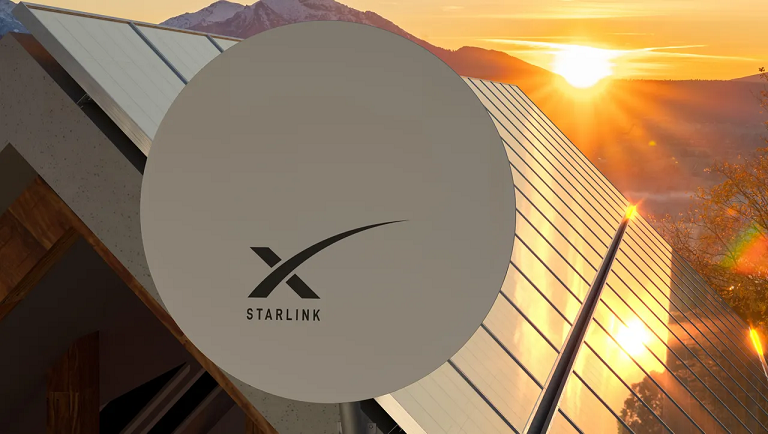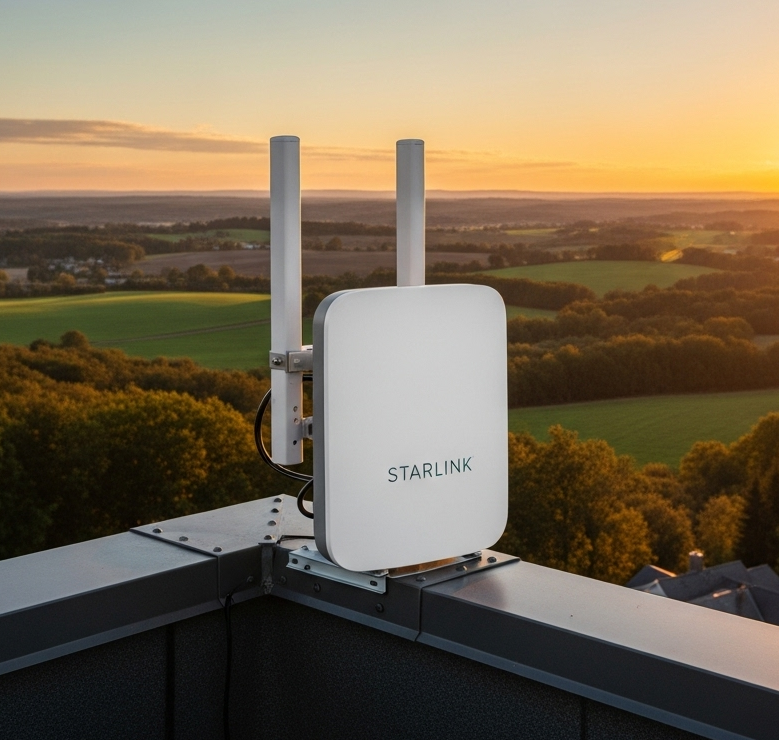Starlink Internet Plans in India: Price, Availability, and Features Discover the latest Starlink internet plans in India, including pricing, availability, speed, hardware costs, and launch details for 2025. Ideal for rural and remote areas. Elon Musk’s Starlink satellite internet could dramatically reshape India’s connectivity landscape. With regulatory green lights, telecom partnerships, and aggressive pricing strategies, the service is positioned to serve regions where broadband infrastructure is weak or non-existent. Let’s explore everything from pricing to regulatory hurdles and what it means for consumers.
Pricing Breakdown
💰 Monthly Plans
- Baseline expectations: ₹840 to ₹3,000 per month ($10–$35) are expected for unlimited data packages
- Specific reports: Recent sources indicate ₹3,000/month (~$36) with a ₹33,000 one-time receiver fee
- Promotional pricing: Operators might introduce introductory plans as low as ₹840/month ($10), though these may be limited-time offers
💵 Hardware & First-Year Cost
- Expected one-time hardware investment: ₹20,000–₹40,000 ($250–$380)
- Total first-year cost: ₹1,15,000–₹1,58,000 ( ₹3,000 monthly + ₹33,000 hardware; some estimates predict ₹1.58 lakh)

5. Internet Speeds & Performance
- Speeds: Expect 25–220 Mbps speeds typical of Starlink’s LEO network
- Latency: Higher than fiber but competitive, ideal for streaming, remote work, and gaming.
- Capacity plans: Initial bandwidth support 600–700 Gbps, scaling to 3 Tbps by 2027; initial subscriber base ~30,000–50,000
Competitive Landscape
| Service | Monthly Cost | Target Region |
|---|---|---|
| JioFiber/Airtel Xstream | ₹799–₹999 (fiber) | Urban |
| 5G FWA (Jio/Airtel) | Similar to fiber | Select urban/rural |
| Starlink | ₹840–₹3,000 | Rural, remote, niche |
Benefits for Rural & Remote Areas
- No need for fiber or tower infrastructure—ideal for remote villages and challenging terrains.
- Enables e-learning, telemedicine, business, and emergency use where connectivity is critical.
- Telco tie-ups ensure last-mile support via local partners.
Challenges Ahead
- Price sensitivity: At ₹3,000/month, Starlink’s service is 5–14x more expensive than traditional broadband
- Capacity & scaling: Could be strained by high subscriber demand unless satellite deployments accelerate.
- Frequent license renewals: Five-year caps may cause uncertainty and fluctuating user costs .
- Fierce competition: Indian broadband operators have unified spectrum control; Starlink must justify its cost to compete.
What’s Next?
- Launch timeline: Services expected to roll out in the latter half of 2025, pending final TRAI spectrum framework
- Promotional offers: Introductory pricing may spur early adoption and rural uptake.
- Telco-led distribution: Jio and Airtel will play a key role in deploying and marketing the service.
Final Take – Starlink Internet Plans in India: Price, Availability, and Features
Starlink’s arrival in India promises high-speed, low-latency internet in areas where terrestrial options are non-existent or unreliable. However, its premium pricing and infrastructure costs keep it from mainstream adoption in price-sensitive regions, positioning it as a specialized solution for remote communities, enterprises, and niche applications. Backed by regulatory support and telco partnerships, its success will hinge on whether it can balance affordability and performance at scale.
As India’s digital ecosystem evolves—with 5G, fiber, and satellite converging—Starlink might not replace existing players in cities, but it can leapfrog them in the most underserved corners of the country. The real impact lies in connecting the unconnected: farmers, schools, clinics, and small enterprises deep in rural India. If Starlink can deliver quality without breaking the bank, it could help bridge the country’s digital divide—one satellite at a time.
